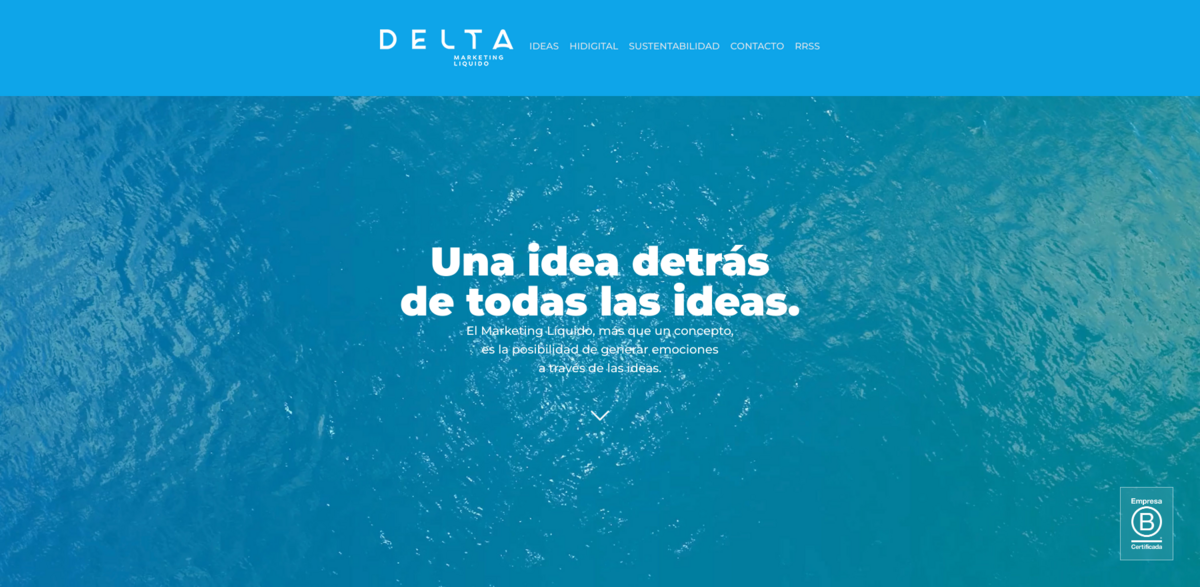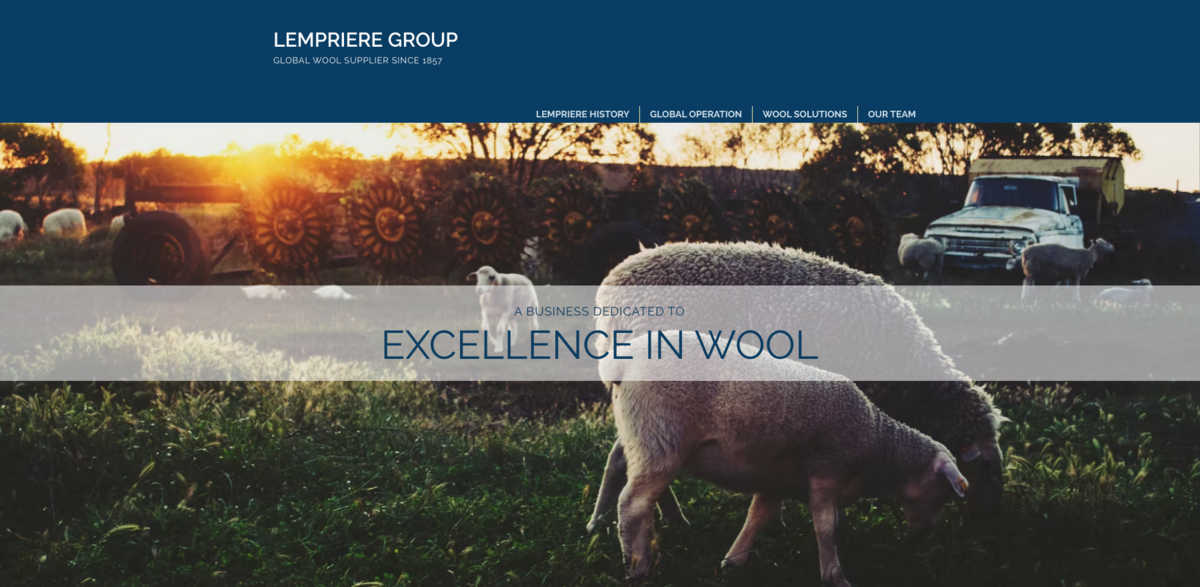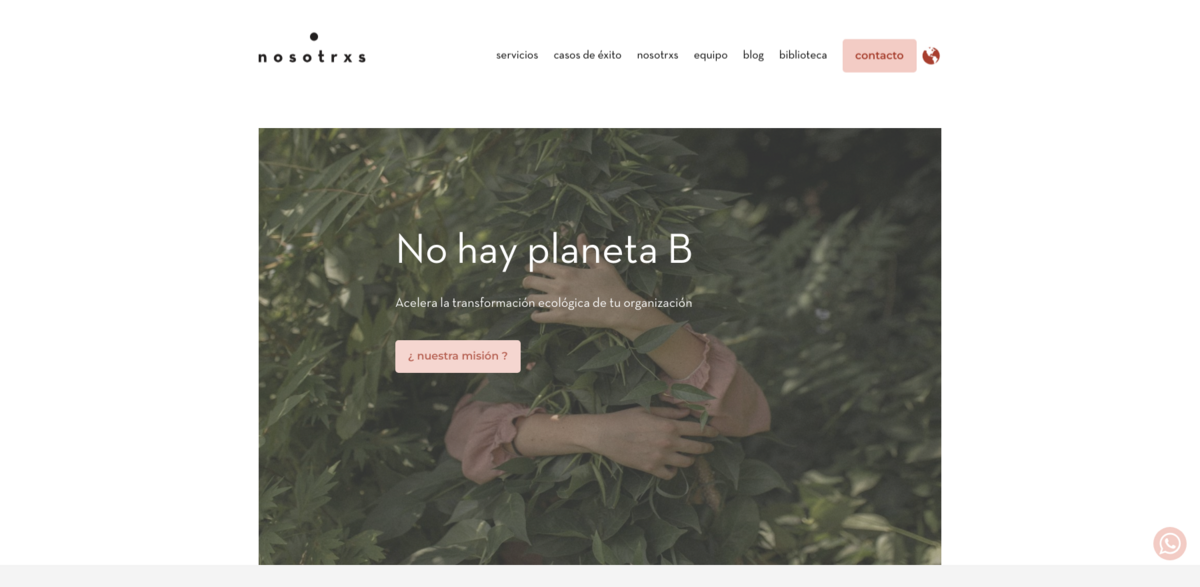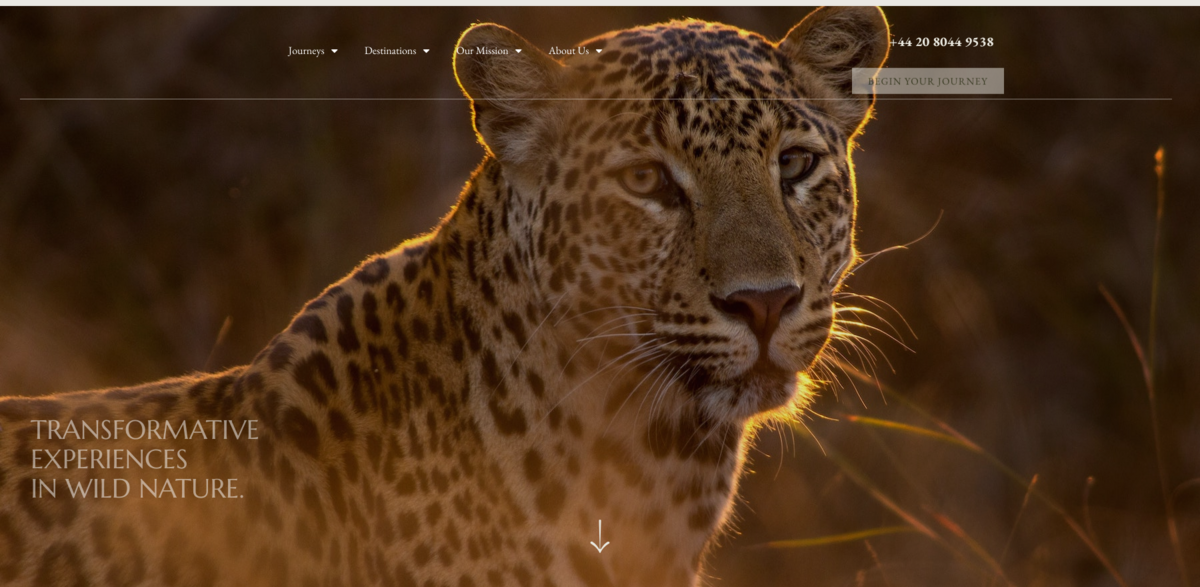SDG 15: Life on Land
Sustainable Development Goal 15 (SDG 15), part of the United Nations’ Agenda 2030, focuses on protecting, restoring, and promoting the sustainable use of terrestrial ecosystems. This includes the protection of forests, combating desertification, halting and reversing land degradation, and protecting biodiversity. SDG 15 aims to ensure that life on land remains healthy, thriving, and sustainable for future generations.
Life on land is essential for food security, clean air, water, and climate regulation. Yet, deforestation, land degradation, and the loss of biodiversity are among the top environmental challenges. Achieving SDG 15 ensures:
✅ Restoration of degraded land and ecosystems
✅ Protection of forests, wildlife, and biodiversity
✅ Sustainable land management practices
✅ Reduction in deforestation and habitat destruction
✅ Combatting desertification and land degradation
How Can We Achieve SDG 15?
To achieve SDG 15, global cooperation is necessary across sectors, and actions can include:
🌱 Supporting reforestation projects and forest conservation.
🌱 Promoting sustainable land management practices and agriculture.
🌱 Fighting against desertification and land degradation.
🌱 Strengthening wildlife protection and biodiversity preservation.
🌱 Reducing pollution and adopting sustainable practices in land development.

Innovative Solutions for SDG 15: Companies & Initiatives Protecting Life on Land
Achieving SDG 15: Life on Land requires sustainable practices and innovative solutions that protect and restore terrestrial ecosystems. From reforestation efforts and sustainable agriculture to conservation projects and biodiversity protection, these initiatives are ensuring the protection of life on land.
Explore these leading companies and initiatives that are working towards preserving forests, combating land degradation, and promoting sustainable agriculture to maintain life on land.
👉 Discover these impactful efforts and contribute to protecting our planet! 🌍🌱
10 projects in Argentina contributing to SDG 15
-
Lempriere Wool Trading: A Trusted Global Supplier of Quality Wool
Lempriere Wool Trading has been a trusted global supplier of quality wool for over 150 years, serving textile mills and fashion houses worldwide. With a commitment to sustainability and innovation, they source wool from diverse origins and operate a topmaking plant in Bulgaria, catering to the European market.
-
Freepackers: Connecting Travelers with Humanitarian Impact
Freepackers connects travelers with communities to create meaningful humanitarian experiences. With programs in over 35 countries, it promotes sustainable travel and collective action for the planet. Participants engage in projects that uplift local populations, protect wildlife, and foster environmental awareness. Whether through internships, gap years, or volunteer opportunities, Freepackers empowers individuals to make a positive…
-
EcoWorks: Engaging Environmental Education Workshops for Sustainable Change
EcoWorks offers dynamic environmental education workshops that empower organizations and individuals to understand their ecological impact. Through hands-on learning and community engagement, participants explore sustainability practices and work towards reducing their carbon footprint. With a focus on B-Corp certification, EcoWorks helps businesses align with responsible practices while fostering a culture of innovation and accountability.
-
Pura Aventura: Thoughtful Travel Experiences Across Latin America and Beyond
Pura Aventura is a travel agency focused on creating unforgettable journeys that prioritize sustainability and community impact. With a commitment to responsible tourism, they offer diverse holiday types across Latin America, Spain, and Portugal. Their unique approach ensures that travelers not only explore beautiful destinations but also contribute positively to the local communities and environments…
-
Yerba Madre: Celebrating Regeneration Through Yerba Mate Culture
Yerba Madre is a brand that celebrates the culture of yerba mate while prioritizing regeneration and sustainability. With a commitment to supporting communities and ecosystems, they offer a unique beverage experience that promotes health and well-being. Their journey began in the mid-90s and continues to inspire a global community through clean energy and fair trade…
-
Fundación Rewilding Argentina: Protecting and Restoring Natural Landscapes
Fundación Rewilding Argentina is dedicated to protecting and restoring ecosystems in Argentina, particularly in the Iberá National Park. Their efforts focus on rewilding, biodiversity conservation, and community engagement, making a significant impact on both the environment and local cultures. Through innovative projects, they aim to reconnect people with nature and promote sustainable development.
-
Oscar Olivares: Transforming Plastic Waste into Stunning Murals
Oscar Olivares is a Venezuelan visual artist known for his unique murals made from recycled plastic bottle caps. His work promotes sustainability and cultural awareness, showcasing the beauty of reusing materials. With nearly 2 million caps repurposed and exhibitions in over 22 countries, he inspires a global movement towards eco-conscious art. Oscar also founded the…
Find SDG 15 Projects in your country! Where are you located?
Agriculture & Food Argentina Arts & Culture Australia Austria Belgium Brazil Canada Communities Conservation & Biodiversity Construction & Infrastructure Education Energy Fashion Finance France Governance & Policy Health & Well-being housing Mobility & Transport Netherlands Packaging SDG 1 SDG 2 SDG 3 SDG 4 SDG 5 SDG 7 SDG 8 SDG 9 SDG 10 SDG 11 Services & Consultancy Solar energy Spain Switzerland Technology Tourism United Kingdom United States Waste & Recycling water Water management Wind energy zero waste
FAQ on SDG 15: Life on Land (Agenda 2030)
1. What is SDG 15?
SDG 15: Life on Land is the fifteenth goal of the United Nations’ Sustainable Development Goals (SDGs) under Agenda 2030. It focuses on the protection, restoration, and sustainable use of terrestrial ecosystems, including forests, biodiversity, and efforts to combat land degradation.
2. Why is SDG 15 important?
The land ecosystem is vital for human well-being, providing food, clean air, water, and biodiversity. Protecting life on land is crucial for combating climate change, ensuring food security, and preserving natural resources for future generations.
3. What are the key targets of SDG 15?
Some major targets include:
- 15.1: Ensure the conservation and restoration of terrestrial and freshwater ecosystems.
- 15.2: Promote sustainable land management to avoid land degradation.
- 15.3: Combat desertification, restore degraded land, and halt biodiversity loss.
- 15.5: Take urgent and significant actions to reduce the degradation of natural habitats.
- 15.9: Integrate ecosystem and biodiversity values into national and local planning.
4. How does SDG 15 relate to Agenda 2030?
SDG 15 is linked to climate action (SDG 13), life below water (SDG 14), responsible consumption and production (SDG 12), and poverty reduction (SDG 1). Healthy land ecosystems are critical for achieving many other SDGs, especially those related to agriculture, biodiversity, and climate change.
5. What are the biggest challenges to achieving SDG 15?
Some key challenges include:
- Deforestation and loss of forests.
- Land degradation caused by unsustainable agriculture.
- Desertification in arid regions.
- Biodiversity loss due to habitat destruction and pollution.
6. How can governments help achieve SDG 15?
Governments can:
- Enforce sustainable land management and conservation policies.
- Promote reforestation and biodiversity protection.
- Strengthen regulations to combat deforestation and land degradation.
- Invest in sustainable agricultural practices and eco-friendly land development.
7. What role do businesses play in SDG 15?
Businesses can:
- Adopt sustainable agricultural practices and land-use strategies.
- Support biodiversity conservation and forest restoration projects.
- Minimize environmental impact and reduce land pollution.
- Ensure supply chains are deforestation-free and promote eco-friendly products.
8. How can individuals contribute to SDG 15?
Individuals can:
- Support sustainable products and companies that protect the environment.
- Plant trees, participate in reforestation projects, or donate to land restoration efforts.
- Reduce consumption of resources that harm land ecosystems, such as unsustainable palm oil.
- Advocate for policies that protect biodiversity, forests, and land ecosystems.
9. How is progress on SDG 15 measured?
The UN tracks SDG 15 using indicators such as:
- Deforestation rates and forest cover restoration.
- Land degradation and desertification levels.
- Biodiversity preservation and habitat protection.
- Sustainable land-use practices and agricultural productivity.
10. Can SDG 15 be achieved by 2030?
While significant progress is possible, challenges like deforestation, land degradation, and biodiversity loss require urgent and coordinated action. Achieving SDG 15 by 2030 is possible, but it will require strong policies, global collaboration, and investments in sustainable practices.
Discover other Sustainable Development Goals (SDG) Initiatives :
- SDG 1: No Poverty – End poverty in all its forms everywhere.
- SDG 2: Zero Hunger – End hunger, achieve food security, improve nutrition, and promote sustainable agriculture.
- SDG 3: Good Health and Well-being – Ensure healthy lives and promote well-being for all at all ages.
- SDG 4: Quality Education – Ensure inclusive and equitable quality education and promote lifelong learning opportunities for all.
- SDG 5: Gender Equality – Achieve gender equality and empower all women and girls.
- SDG 6: Clean Water and Sanitation – Ensure availability and sustainable management of water and sanitation for all.
- SDG 7: Affordable and Clean Energy – Ensure access to affordable, reliable, sustainable, and modern energy for all.
- SDG 8: Decent Work and Economic Growth – Promote sustained, inclusive, and sustainable economic growth, full and productive employment, and decent work for all.
- SDG 9: Industry, Innovation, and Infrastructure – Build resilient infrastructure, promote inclusive and sustainable industrialization, and foster innovation.
- SDG 10: Reduced Inequalities – Reduce inequality within and among countries.
- SDG 11: Sustainable Cities and Communities – Make cities and human settlements inclusive, safe, resilient, and sustainable.
- SDG 12: Responsible Consumption and Production – Ensure sustainable consumption and production patterns.
- SDG 13: Climate Action – Take urgent action to combat climate change and its impacts.
- SDG 14: Life Below Water – Conserve and sustainably use the oceans, seas, and marine resources.
- SDG 15: Life on Land – Protect, restore, and promote sustainable use of terrestrial ecosystems, forests, and biodiversity.
- SDG 16: Peace, Justice, and Strong Institutions – Promote peaceful and inclusive societies, provide access to justice, and build effective institutions.
- SDG 17: Partnerships for the Goals – Strengthen the means of implementation and revitalize the global partnership for sustainable development.










